The Correlation Equation
\[\sum_{i=0}^{N_\Phi}\Phi_i= 1 \rightarrow \left (\sum_{i=0}^{N_\Phi}\Phi_i \right )^2=1\]
\[\left (\sum_{i=0}^{N_\Phi}\Phi_i \right )^2=\Phi_0^2+\Phi_1^2+...+\Phi_{N_\Phi}^2+\Phi_0\Phi_1+\Phi_0\Phi_2+...+\Phi_{N_\Phi}\Phi_{N_{\Phi-1}}\]
\[\left (\sum_{i=0}^{N_\Phi}\Phi_i \right )^2= \sum_{i=0}^{N_\Phi}\Phi_i^2 +\sum_{i,j=0 \:i\neq j}^{N_\Phi}\Phi_i\Phi_j =1\]
\[\sum_{i=0}^{N_\Phi}\Phi_i=1\]
\[-\sum_{i,j=0 \:i\neq j}^{N_\Phi}\Phi_i\Phi_j=\sum_{i=0}^{N_\Phi}\Phi_i^2 -1=\sum_{i=0}^{N_\Phi}\Phi_i^2 -\sum_{i=0}^{N_\Phi}\Phi_i=\sum_{i=0}^{N_\Phi}(\Phi_i^2-\Phi_i)\]
\[\Phi_i^2-\Phi_i\cong \Phi_iln\Phi_i \:\:\: for\: \Phi_i\leq 1\]
\[-\sum_{i,j=0 \:i\neq j}^{N_\Phi}\Phi_i\Phi_j \cong \sum_{i=0}^{N_\Phi}\Phi_iln\Phi_i\]
\[S =- \sum_{i=0}^{N_\Phi}\Phi_iln\Phi_i\]
Discussion
Because correlations exist at least at interfaces – entropy type terms are related to interfaces.Correlations further correspond to interactions and eventually interactions between things correspond to forces. Forces are often described as gradients of scalar fields. Such gradients exist at boundaries between things. Correlations have further been shown to be related to entropy type terms. The terms correlation, interaction, force, gradient, entropy, and boundary for this reason seem to be strongly interrelated and may even be based on a common principle.
